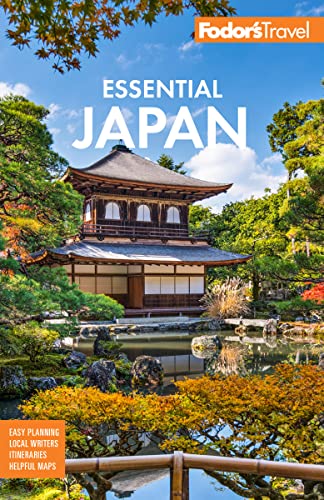Kobe resonates with a cool, hip vibe, a condition of its internationalism and its position between mountains and sea. With more than 42,000 foreigners living in the city, representing more than 132 countries, Kobe may be Japan's most diverse city. It has great international cuisine, from Indonesian to French. It also has some of the best Japanese cuisine, especially the famous Kobe beef.
Kobe's diversity is largely attributable to its harbor. The port was a major center for trade with China dating back to the Nara period (AD 710–794). Kobe's prominence increased briefly for six months in the 12th century when the capital was moved from Kyoto to Fukuhara, now western Kobe. Japan acquiesced to opening five ports, and on January 1, 1868, international ships sailed into Kobe's harbor. American and European sailors and traders soon settled in Kobe, and their culture and technology spread throughout the city. Cinema and jazz made their debut in Kobe, and that legacy is ongoing. Many original residences have survived, and the European structures contrast strikingly with the old Japanese buildings and modern high-rises.
Prior to 1995, Kobe was Japan's busiest port. But on January 17, 1995, an earthquake with a magnitude of 7.2 hit the Kobe area, killing more than 6,400 people, injuring almost 40,000, and destroying more than 100,000 homes. Communication lines were destroyed, damaged roads prevented escape and relief, and fires raged throughout the city. Kobe made a remarkable and quick recovery.
The city now pulses with the activity of a modern, industrialized city. The colorful skyline reflects off the night water, adding to Kobe's reputation as a city for lovers. Don't come to Kobe looking for traditional Japan; appreciate its urban energy, savor its international cuisine, and take advantage of its shopping.
Kobe lies along the Seto Inland Sea in the center of Honshu, a little west of Osaka and several hours east of Hiroshima. Smaller than Tokyo and Osaka, Kobe is more accessible and less formidable. It is large enough, however, to keep you occupied with new attractions and events no matter how frequently you visit.
Divided into approximately 10 distinctive neighborhoods, the city extends from the business-oriented region near the harbor to the lower slopes of Mt. Rokko. Penned in by natural boundaries, Kobe expanded its territory with man-made islands in the harbor.
Rokko Island is home to numerous foreign companies and a number of shopping plazas, and is where foreigners now tend to settle. Port Island features conference centers and an amusement park. Port Island is linked with downtown by a fully computerized monorail—with no human conductor—that extends south to the Kobe airport.
Downtown, San-no-miya Station, in the city center, marks the heart of Kobe's entertainment and nightlife area. Every night passersby linger to hear musicians in a small park just north of the station. Moto-machi's stores are to the west, and most of the business district lies south of San-no-miya.
In Kintano-cho, Kobe's original European and American settlers built elegant residences, now known as ijinkan, on the city's northern slopes. Many of the preserved ijinkan have been turned into museums. Small boutiques, international cafés, and a few antiques shops seduce visitors to meander along Kitano-zaka and Pearl Street.
North of Kobe, the impressive Nunobiki Falls are surprisingly accessible from downtown, just behind the Shin-Kobe Station. Rokko-san (san means "mountain") is a little farther out, providing great views and cool mountain air. Arima Onsen, on the other side of Rokko-san, is one of Japan's oldest hot-springs destinations.





